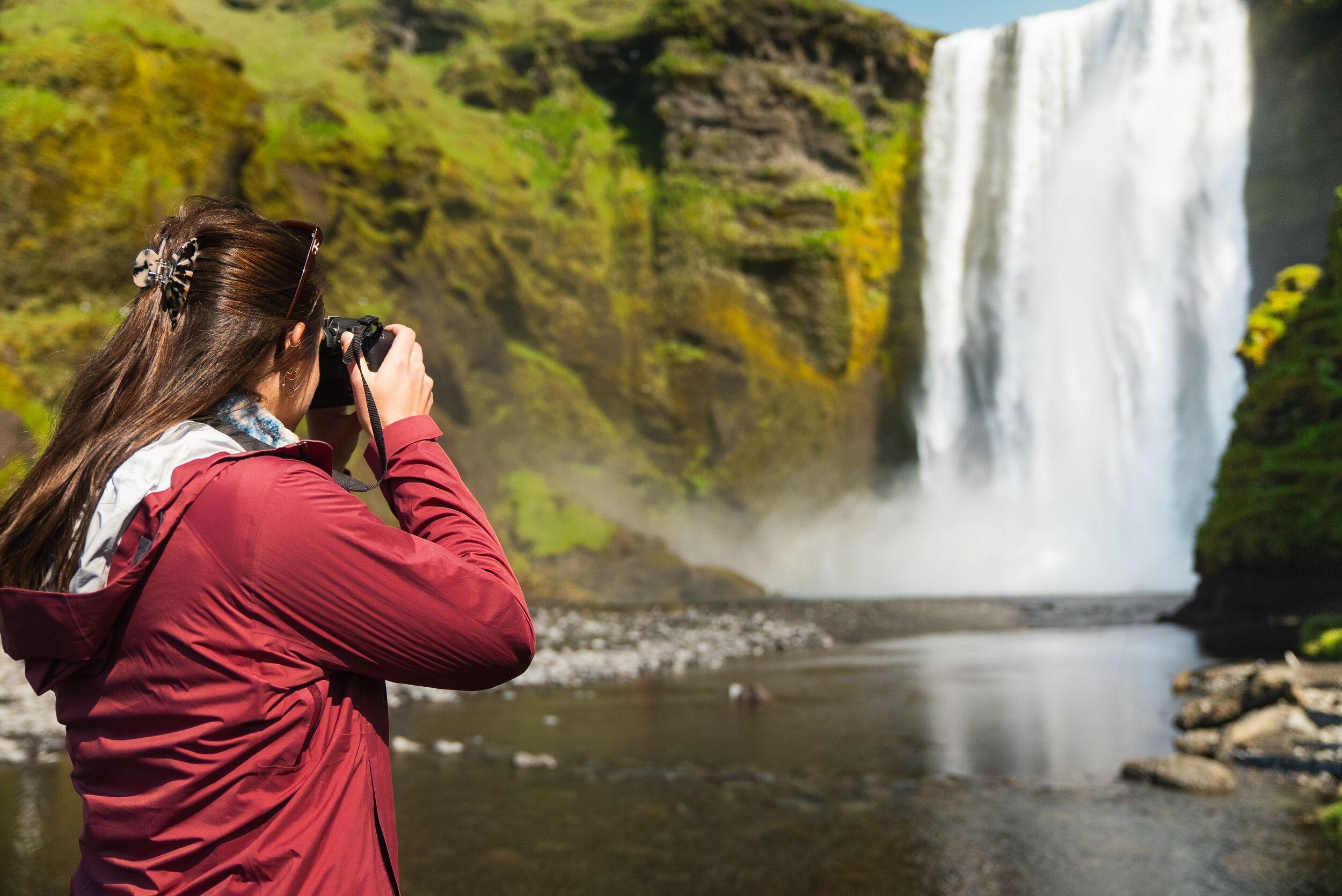Iceland travel tips: Essential advice for first-time visitors
We’ll offer practical advice about transportation, currency, language and cultural norms and share a number of Iceland travel tips that will help you get the best out of your visit. In addition, our most popular tours provide the ideal framework for anyone who’s never set foot in the country before.
What’s the best way to get around Iceland?
First-time visitors to Iceland can consider a number of different ways to get around Iceland, each with their own pros and cons. Let’s begin with an overview of provision with this handy Iceland transportation guide.
The availability of public transport
There are no railways in Iceland so public transport is limited to bus services. Within Reykjavik Strætó run a useful network of city buses that enable travellers to get to most parts of the capital without too much trouble. Cash can no longer be used onboard to buy tickets, but there’s a convenient app you can download or you can use contactless payment. Each adult ride costs 670 ISK.
Beyond the capital region, services thin out quite considerably. If you’re hoping to rely on Strætó’s countryside routes, then it’s wise to take a look at timetables online before you head over to Iceland and see whether you can make them work for what you hope to do and see. In many cases it will be an unwelcome constraint.
An exception might be the Highland Bus which runs from June to September from Reykjavik, Selfoss, Hella and Hvolsvöllur to destinations such as Þórsmörk, Landmannalaugar and Skógar. As getting to the Highlands under your own steam involves making a challenging drive including river crossings, it’s a safe and stress-free alternative to self-drive.
Self-drive itineraries
Many visitors to Iceland prefer the flexibility of a self-drive itinerary to the limited public transport services, especially if they plan to loop the ring road or venture into more remote regions. Many rental agencies compete for business, and though hiring a car isn’t cheap it’s also not prohibitively expensive.
Driving in Iceland in summer, for the most part, is pretty straightforward. Major routes are tarmacked and well-maintained. Aside from the odd single-lane bridge and gravel road detour you shouldn’t find it too tricky. Traffic is relatively light, certainly compared to many other European countries or North American cities. So long as you familiarise yourself with the speed limits and other road rules you shouldn’t have a problem.
However, although this is a flexible alternative to public transport, it doesn’t suit everyone. Tourists making their first visit outside the summer may encounter weather conditions that make driving conditions challenging; unless you are confident driving on icy roads in a blizzard whilst experiencing strong winds you may not feel comfortable following a self-drive itinerary at this time of year.
Tourists making their first visit outside the summer may encounter weather conditions that make driving conditions challenging; unless you are confident driving on icy roads in a blizzard whilst experiencing strong winds you may not feel comfortable following a self-drive itinerary at this time of year.
Our organised tours and day trips
Making your plans using organised tours and day trips is the ideal compromise. It’s one of the most useful Iceland travel tips because it enables first-time visitors to get over the lack of flexibility of public transport beyond Reykjavik without the apprehension that comes with planning a self-drive itinerary. When you can’t absolutely trust the weather not to do something crazy, this gives you peace of mind.
The range of tours that we offer gives you a choice between signing up for a curated holiday or opting for a mix and match approach that enables you to do multiple day trips in different directions. There’s a wide variety of sightseeing trips on offer as well as a plethora of activity-based tours where you can be more interactive with the landscapes you encounter.
Each tour is clearly marked with the time of year that it’s offered, making planning easy. Online booking means you can organise your itinerary secure in the knowledge that you’ve covered everything you hoped to do. In addition, there are helpful guides on our website that give you a greater insight into what to expect in must-see areas such as the Golden Circle and along the south coast. Think of it as a one stop shop for your Iceland trip.
Practical considerations for your first Iceland trip
Iceland currency information
Iceland uses the króna and you’ll frequently see it written on restaurant menus and such like as ISK. For larger amounts, the customary comma is often replaced with a full stop, so thirteen thousand can be written as 13.000ISK rather than 13,000ISK. Once you get your head around this, the currency conversions you need to do will make much more sense.
Contactless payment is widely available in Iceland. In fact, it’s rare that you can’t use a credit or debit card – or mobile payment methods such as Apple Pay – in any shop, hotel or restaurant. Check well before you travel if your provider charges for foreign currency transactions so that you can apply for an additional card if needed.
You might also prefer to carry a small amount of cash just in case, particularly if you’re heading out into the countryside. This is handy for roadside stalls, out of the way museums and toilets. Don’t worry about paying for parking with coins or notes as apps like Parka mean you can make such transactions with a card instead.
Icelandic language basics
English is widely spoken in Iceland, especially in areas most frequented by tourists. Sometimes, the staff members you’ll encounter will be from elsewhere in Europe. Nevertheless, it’s good to know some basic words and phrases, to help you safely navigate your way around the country and not be fazed by menus, visitor attraction signage and other such written information.
Announcing yourself with a friendly Hæ or Halló, which loosely translate as Hi and Hello will get any encounter off to a good start. Likewise saying thank you – takk – when you receive something is an easy word to pick up. The word afsakið (pronounced af-sah-kith) is a way of apologising and can also double as excuse me. Yes and no (já and nei respectively) are also worth remembering.
Iceland cultural norms and tipping
No one likes to make a cultural faux pas so it’s helpful to understand some basic cultural norms for the kinds of situations you might find yourself in as a tourist. One major thing is that Icelanders are mindful of how fragile much of the countryside is; respecting nature, disposing of litter correctly and sticking to roads and trails are all second nature and expected of all visitors too.
Iceland travel dos and don'ts also extend to the country’s swimming pools and geothermal lagoons. To avoid causing offence, it’s wise to familiarise yourself with the etiquette that’s expected. Largely, this involves showering naked beforehand to make sure you are clean enough to bathe in a shared space, though fortunately individual cubicles are often available.
Tipping is another instance where knowing what’s expected can save you from an awkward situation. Iceland doesn’t really have a tipping culture, certainly not to the extent that’s common in the USA. Gratuities are welcome but never formally required, even if there’s a tip jar present on the counter.
Announcing yourself with a friendly Hæ or Halló, which loosely translate as Hi and Hello will get any encounter off to a good start.
Iceland travel tips that first-time visitors will find especially helpful
Don’t try to do too much
Perhaps the most crucial piece of Iceland travel advice we can give you is not to cram too much into your itinerary. If you’re a first-time visitor to the country, it’s tempting to try to see everything but realistically there are so many things to do that such an approach just isn’t possible.
Instead, console yourself with the knowledge that many tourists return to Iceland over and over again. So what if you don’t make it to the Highlands first time around? Very few of Iceland’s attractions are likely to be time-dependent, so unless there’s a museum exhibit you’re desperate to see or a restaurant you must eat at it’s fine to leave some of them for a follow up trip.
Understand how different seasons might impact your plans
Iceland’s northerly location means there’s a big difference between the length of each day between midsummer and midwinter. If you plan to stay in Reykjavik in December, for instance, you can expect around four to five hours of daylight; come in June and the sun barely sets.
This doesn’t have to be an issue. It can be an attraction in itself to take a boat trip or land-based tour under the Midnight Sun. In contrast, the Northern Lights will be far easier to see earlier in the evening when the nights draw in. Arranging your winter sightseeing in the form of organised tours means that you won’t need to drive yourself around in the dark and can snooze on the bus as you return to Reykjavik.
Don’t leave bookings until the last minute in peak season
Iceland welcomes tourists all year long but there’s a noticeable summer peak between late May and early September. A significant proportion of travellers stick to the same places because these locations are where many of the country’s must-see sights are concentrated. The Golden Circle, the south coast and the Snæfellsnes peninsula are all easy day trips from Reykjavik, while Reykjanes is equally convenient to or from the airport.
This means that these parts of Iceland are busier during peak season than more remote parts of the country. While it won’t spoil your enjoyment, it does mean that if you plan to stay in accessible rural areas such as Vik and its surroundings you’ll need to reserve your accommodation in advance to secure the best prices and have the most choice. The west of Iceland is also going to be in the path of the solar eclipse in August 2026 which will put additional pressure on hotel rooms.
Save money where you can because Iceland can be expensive
Iceland’s not a cheap country to visit but there are easy changes you can make that make a difference to your budget. Does it really matter too much where you stay so long as it’s clean and the bed’s comfortable? If you plan to maximise your time seeing the sights, invest the savings in tours and activities instead. Self-catering accommodation is often a cost-effective choice, particularly as you can dine in more cheaply than eating out.
Small things can also make a big difference, even when it comes to Iceland travel essentials. The country’s tap water is perfectly safe to drink, for example, so bring a refillable water bottle and save big on buying drinks while you’re out and about. By being frugal where you won’t really notice any experiential difference frees up the budget for having fun.
Be prepared to try something different
Iceland’s well known for its unique experiences. Trying some of its more unusual foods is a must, such as hákarl (fermented Greenland shark) an acquired taste thanks largely to its pungent odour. Other local delicacies, such as delicious rúgbrauð (rye bread traditionally baked underground using geothermal heat) are far more palatable.
Iceland might also be the place to try an activity you’ve never done before. The diverse and dramatic nature of the country’s landscapes makes them the ideal setting for adventure tourism. If you’ve never gone whale watching, hiked over the surface of a glacier, ridden an ATV over a lava field trail or swam in a hot water river, now’s your chance. Our tours package such activities with guided sightseeing to help you get the most of your time here.
Stay abreast of weather conditions to keep safe
Perhaps the most important aspect of any Iceland travel advice we can share with you is ensuring that you stay safe. One way of doing so is to keep a close eye on weather conditions so that you don’t find yourself too far from shelter in a heavy rain shower or hiking an exposed ridge in strong winds. It’s important not to underestimate the weather.
In winter, opting for group tours and activities makes a lot of sense as guides are far more familiar with localised conditions than even the most seasoned visitor. They’ll also happily share Iceland travel safety tips for when you venture off independently. There are also certain types of activity that are weather dependent – such as Northern Lights tours because they require clear skies – so plan to do these early in your trip in case the tour needs to be rescheduled.
We hope these suggestions will help with your Iceland travel planning. Whether you intend to base yourself solely in Reykjavik or tour the extraordinary countryside, using our most popular tours as a framework for your itinerary makes a lot of sense if you’re a first-time visitor to Iceland.
Recommended tours
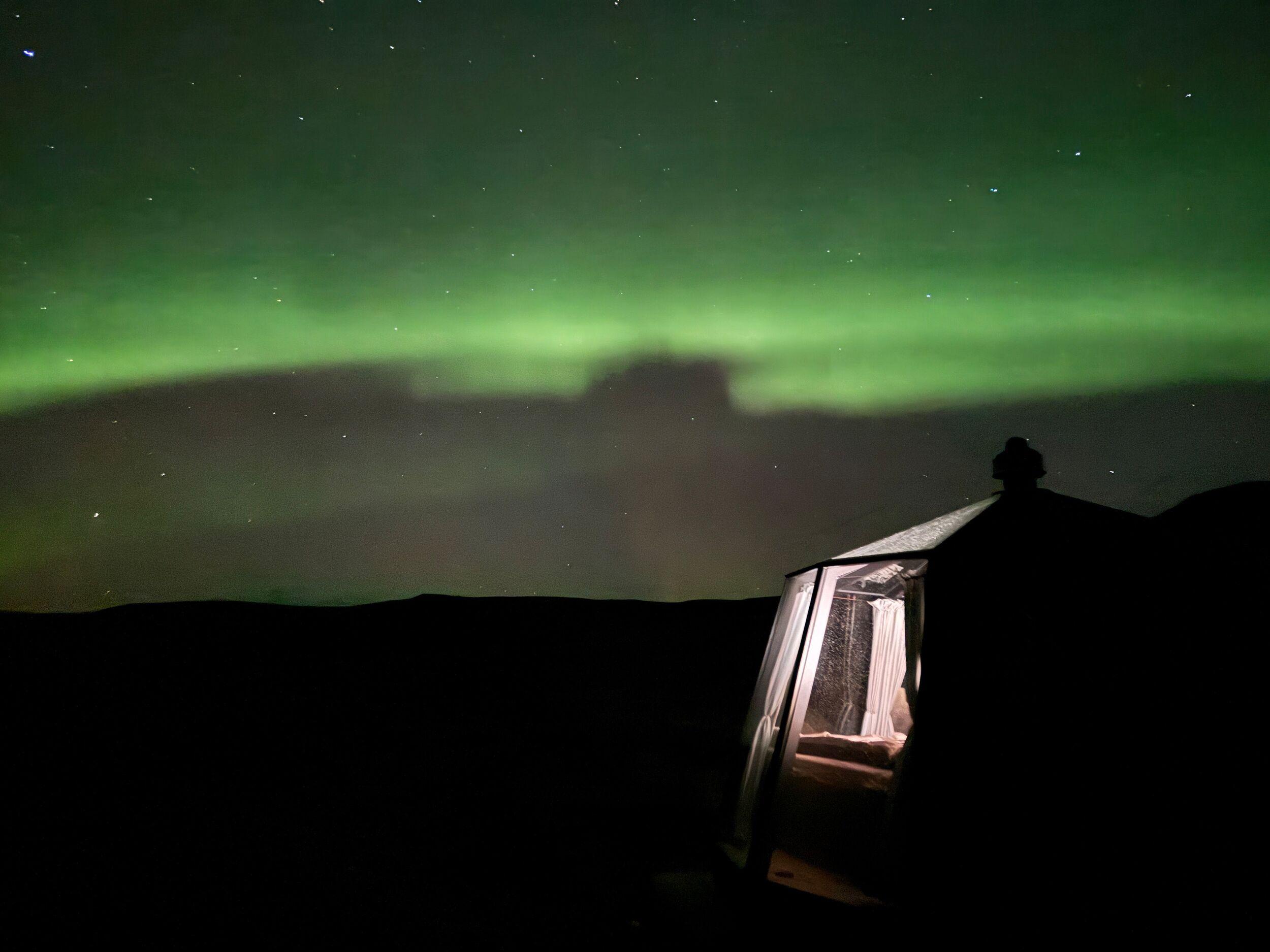
Adventure stay
Here you can book your Adventure Stay. This booking site is intended for Icelandia staff only, and a reservation is required to secure your stay. We are offering you this opportunity so you can experience the new product firsthand and share your feedback, helping us refine and improve the Adventure Stay before it becomes available to future customers. Please read through the below guidelines before booking.
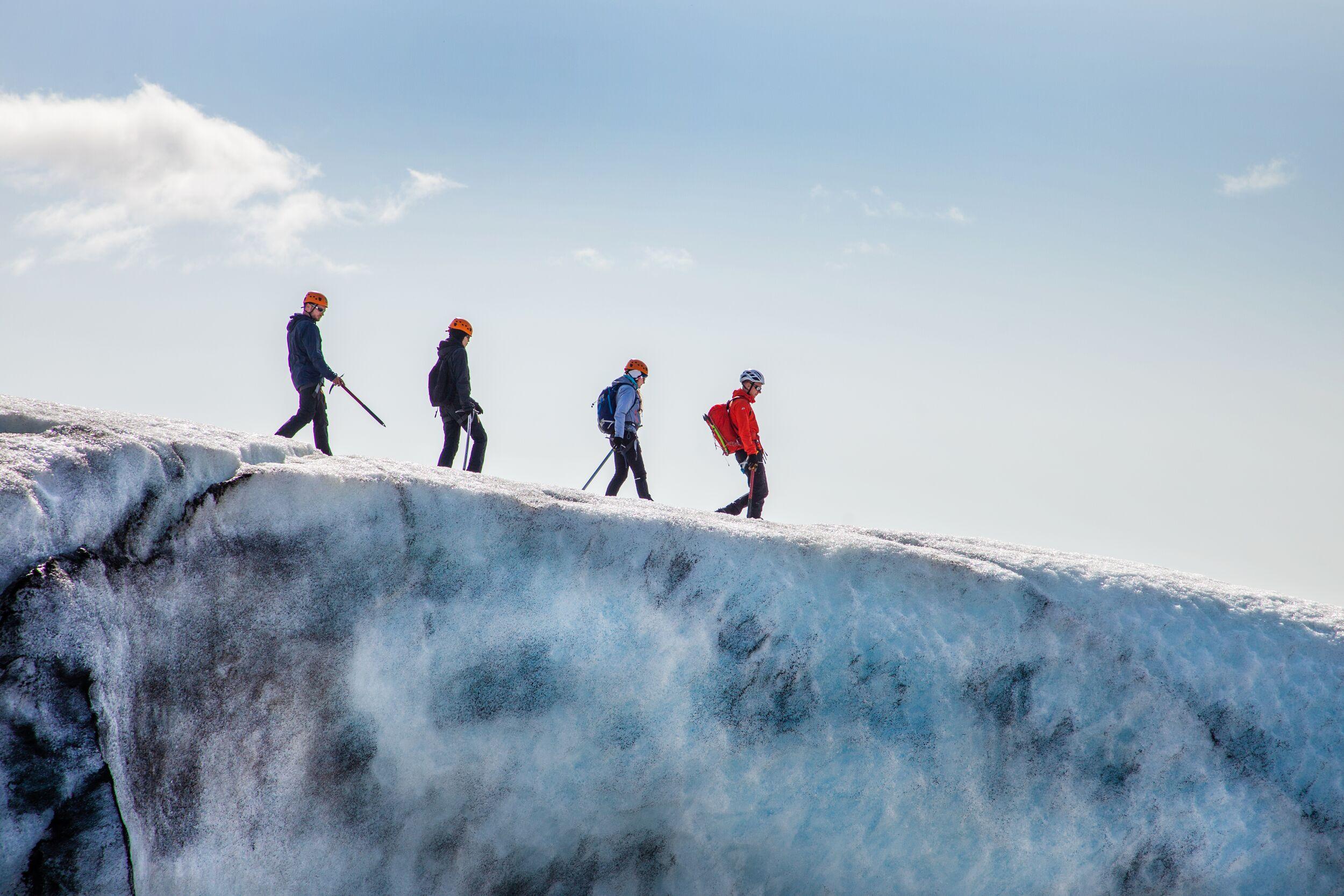
South Coast & Glacier Hiking
Experience Iceland’s dramatic south coast and its iconic natural wonders on this unforgettable adventure. Travel from Reykjavík and journey through stunning landscapes, with memorable stops at some of Iceland’s most beloved waterfalls. If you have your own car and prefer to meet us on site, see our simular tour.
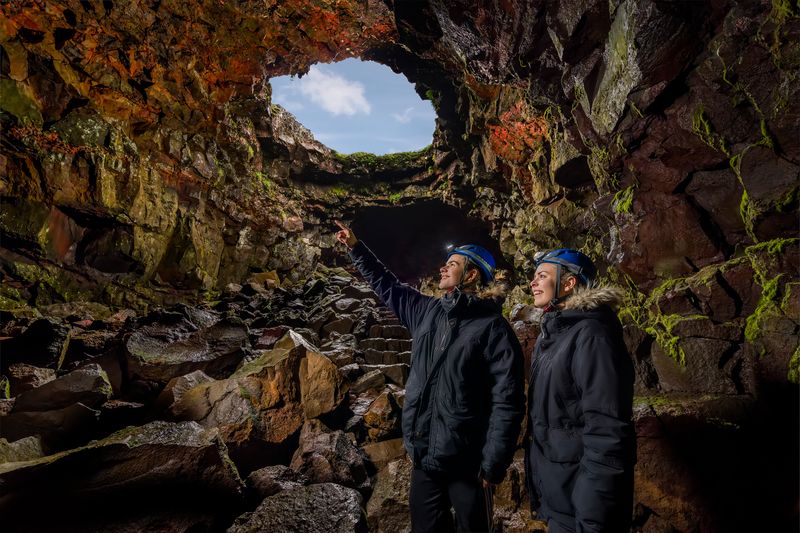
- Multiday Tour
Iceland On a Budget - 7 days
Explore Iceland’s breathtaking landscapes, geothermal hot springs, and volcanic wonders on this 7-day (6 nights) Iceland on a Budget package. See the geysers and waterfalls of the Golden Circle, marvel at the black sand beaches of the South Coast, and discover Reykjavík’s cultural landmarks with a Hop-On Hop-Off city pass. Relax in the serene geothermal pools of Hvammsvík and step inside a real lava tunnel, where you’ll walk through Iceland’s volcanic history. With affordable travel, carbon-neutral transfers, and expert local guides, this package provides a budget-friendly way to experience Iceland’s best sights.
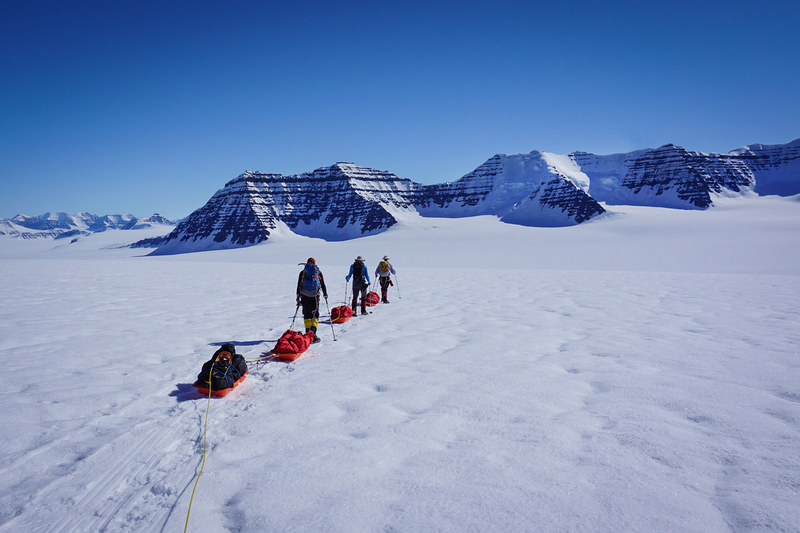
Mt Gunnbjörn, the Highest Peak in Greenland
Are you dreaming of an Arctic adventure of a lifetime? This 5-day tour has you scaling the highest peak of the Arctic (3694 m/12120 ft). Mt. Gunnbjörn has been called the 8th continental peak due to its massive size, and it beckons climbers from around the world. On the east coast, where towering mountains rise from the Greenland icecap, the conditions are pristine and similar to those in Antarctica. There’s nothing quite like challenging yourself to climb in one of the most isolated areas of the north, with the fresh Arctic air and stark white snow. An experienced and qualified guide will lead the group, keeping participants safe and informed. This is not a trek for a beginner as the hike is considered strenuous, and participants should have mountain climbing experience and be prepared to camp for four nights. Mt. Gunnbjörn is easily accessible on a ski plane from Iceland. Once in the Watkins Mountains, we set up a comfortable base camp at the foot of the mountain. To make the summit day more manageable, we establish one camp on the way to the summit. The climb can be done on snowshoes, with the last part done on crampons.

Reykjavík - Blue Lagoon round-trip transfer
Are you planning to visit the Blue Lagoon but aren’t booking a rental car? Enjoy your experience of the dreamlike Blue Lagoon to the fullest and book your comfortable return coach transfer with Reykjavik Excursions. Relax and enjoy free Wi-Fi to and from the Blue Lagoon.


